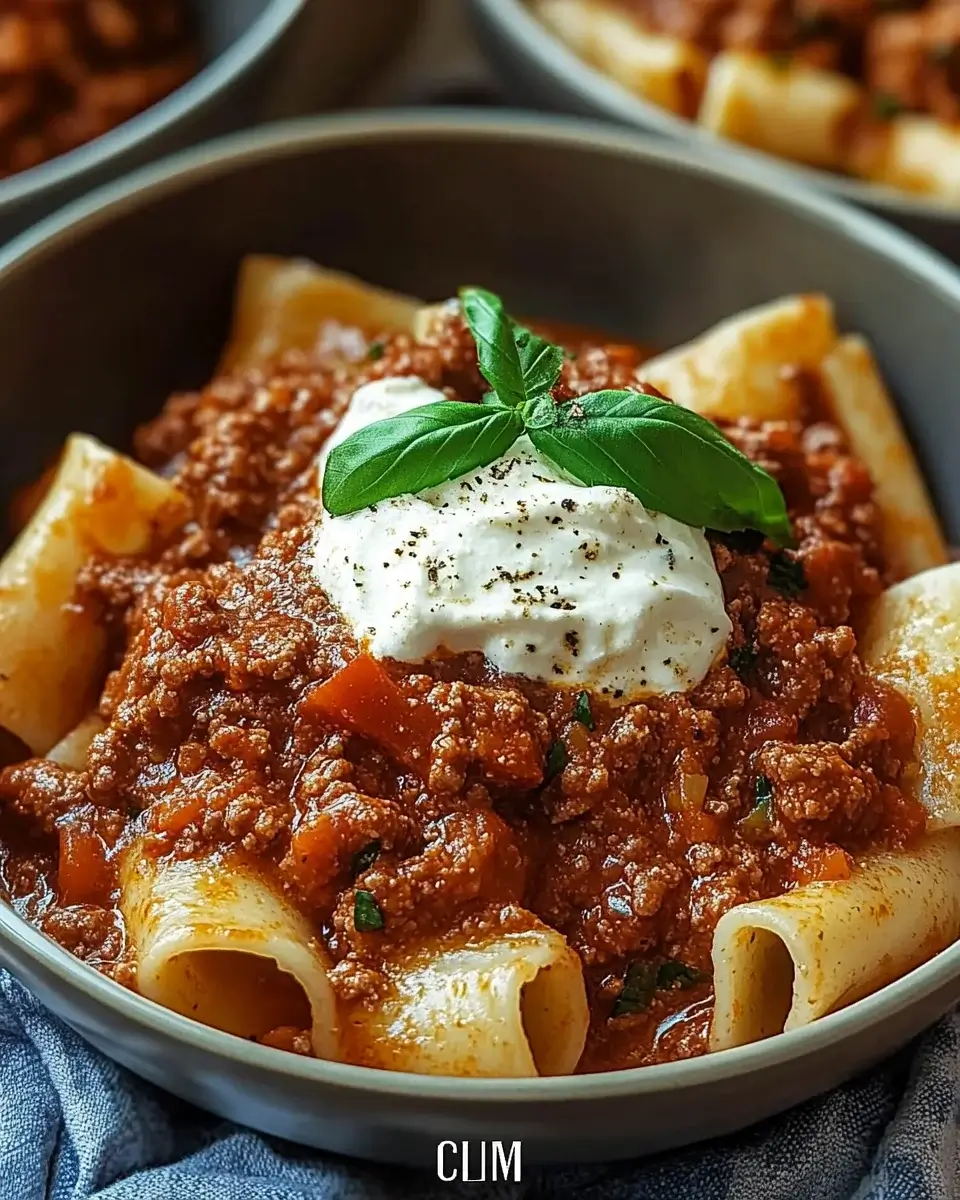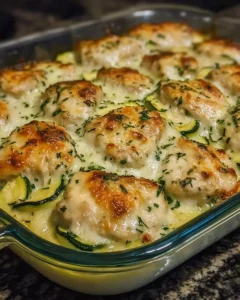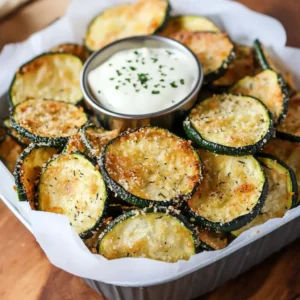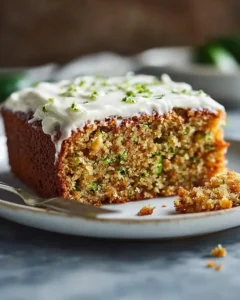Introduction to Classic Bolognese Sauce Recipe
What is Bolognese Sauce?
Bolognese sauce, known as “ragù alla Bolognese” in Italy, is a rich and hearty meat sauce. It’s traditionally served with pasta, making it a beloved dish worldwide. This sauce is characterized by its deep flavors, which come from a blend of meats, vegetables, and tomatoes. The slow cooking process allows the ingredients to meld beautifully, creating a comforting meal that warms the heart.
Typically, Bolognese sauce includes ground beef and pork, but variations exist. The sauce is often simmered for hours, allowing the flavors to develop fully. When served over pasta, it creates a delightful combination that is both satisfying and delicious. Many people enjoy it with a sprinkle of Parmesan cheese and fresh herbs, enhancing its taste even further.
The History of Classic Bolognese Sauce Recipe
The origins of Bolognese sauce trace back to the city of Bologna, Italy. This sauce has a rich history that dates back to the 18th century. Originally, it was made with veal and served with a different type of pasta. Over time, the recipe evolved, incorporating various meats and ingredients that reflect local tastes.
In the early 20th century, the recipe began to gain popularity outside of Italy. Italian immigrants brought their culinary traditions to new countries, introducing Bolognese sauce to a wider audience. Today, it is a staple in many households, celebrated for its versatility and comforting nature.
As you prepare to make your own Classic Bolognese Sauce Recipe, remember that this dish is not just about the ingredients. It’s about the love and care you put into it. Each simmering moment adds depth and flavor, making it a true labor of love.
Ingredients for Classic Bolognese Sauce Recipe
To create a delicious Classic Bolognese Sauce, you’ll need a variety of fresh ingredients. Each component plays a vital role in building the rich flavors that define this beloved dish. Here’s what you’ll need:
- 1 pound ground beef: This adds a hearty texture and rich flavor.
- 1 pound ground pork: The pork complements the beef, enhancing the sauce’s depth.
- 1 medium onion, finely chopped: Onions provide a sweet base flavor.
- 1 medium carrot, finely chopped: Carrots add natural sweetness and balance the acidity of tomatoes.
- 1 medium celery stalk, finely chopped: Celery contributes a subtle earthiness.
- 4 cloves garlic, minced: Garlic brings a fragrant aroma and robust flavor.
- 1 can (28 ounces) crushed tomatoes: Tomatoes are the heart of the sauce, providing acidity and richness.
- 1 cup dry red wine: Wine adds complexity and depth to the sauce.
- 1 cup whole milk: Milk helps to mellow the flavors and create a creamy texture.
- 2 tablespoons tomato paste: This intensifies the tomato flavor.
- 2 teaspoons dried oregano: Oregano adds a classic Italian herb flavor.
- 1 teaspoon salt: Salt enhances all the flavors in the sauce.
- 1/2 teaspoon black pepper: Black pepper adds a hint of spice.
- 1/4 teaspoon red pepper flakes (optional): For those who enjoy a little heat.
- 2 tablespoons olive oil: Olive oil is used for sautéing the vegetables.
- Fresh basil or parsley for garnish (optional): Fresh herbs brighten the dish.
- Grated Parmesan cheese for serving (optional): Cheese adds a savory finish to the meal.
Gathering these ingredients is the first step toward making your Classic Bolognese Sauce Recipe. Each item contributes to the overall flavor, making it a dish that’s sure to impress family and friends alike. Now that you have everything ready, let’s move on to the preparation!
Step-by-Step Preparation of Classic Bolognese Sauce Recipe
Step 1: Preparing the Base
To start your Classic Bolognese Sauce Recipe, heat 2 tablespoons of olive oil in a large skillet or Dutch oven over medium heat. Once the oil is hot, add the finely chopped onion, carrot, and celery. These vegetables, known as the “soffritto,” form the flavor base of your sauce. Sauté them for about 5-7 minutes until they become soft and fragrant. This step is crucial as it builds the foundation of flavor for your sauce.
Step 2: Adding the Meat
Next, increase the heat to medium-high. Add 1 pound of ground beef and 1 pound of ground pork to the skillet. Use a wooden spoon to break the meat apart as it cooks. Stir occasionally, allowing the meat to brown evenly. This should take about 8-10 minutes. Browning the meat adds a rich flavor that enhances the overall taste of your Bolognese sauce.
Step 3: Incorporating Vegetables and Herbs
Once the meat is browned, it’s time to add the minced garlic. Cook for an additional 1-2 minutes until the garlic is fragrant. Then, stir in 2 tablespoons of tomato paste, 2 teaspoons of dried oregano, 1 teaspoon of salt, 1/2 teaspoon of black pepper, and 1/4 teaspoon of red pepper flakes if you like a bit of heat. Cook this mixture for another 2 minutes. This step allows the spices and herbs to release their flavors, creating a delicious aroma.
Step 4: Simmering the Sauce
Now, pour in 1 cup of dry red wine. Let it simmer for about 5 minutes. This helps the alcohol evaporate while infusing the sauce with a deep, rich flavor. After the wine has reduced, add the 28 ounces of crushed tomatoes. Bring the mixture to a gentle simmer, then reduce the heat to low. Cover the pot and let it cook for at least 1 hour, stirring occasionally. This slow cooking process allows the flavors to meld beautifully.
Step 5: Final Touches
After an hour, it’s time for the final touches. Stir in 1 cup of whole milk and let the sauce simmer uncovered for an additional 30 minutes. This step thickens the sauce and adds a creamy texture. Taste the sauce and adjust the seasoning if needed. Once done, your Classic Bolognese Sauce is ready to be served over your favorite pasta. Don’t forget to garnish with fresh basil or parsley and a sprinkle of grated Parmesan cheese for that perfect finish!
Variations of Classic Bolognese Sauce Recipe
Vegetarian Options
If you’re looking for a meat-free alternative, you can easily create a delicious vegetarian Bolognese sauce. Start by replacing the ground beef and pork with a mix of finely chopped mushrooms, lentils, or even plant-based meat substitutes. Mushrooms provide a hearty texture, while lentils add protein and fiber. You can also include diced zucchini or bell peppers for added flavor and nutrition. The key is to sauté these vegetables just like you would with meat, allowing them to develop a rich flavor. Use vegetable broth instead of wine for a lighter touch, and finish with a splash of cream or a dollop of ricotta for creaminess.
Alternative Meats
For those who prefer different meats, there are plenty of options to explore. Ground turkey or chicken can be used for a leaner version of Bolognese sauce. These meats cook quickly and absorb flavors well. If you want to try something unique, consider using ground lamb for a richer taste. Just remember to adjust the cooking time as needed, since different meats may require different cooking durations. You can also mix and match meats, such as combining beef with turkey, to create a flavor profile that suits your taste.
Regional Variations
Bolognese sauce has many regional variations that reflect local ingredients and traditions. In some parts of Italy, you might find the addition of pancetta or prosciutto, which adds a salty, savory depth. Others may include a splash of milk or cream earlier in the cooking process for a creamier texture. In certain regions, you might even encounter Bolognese served with tagliatelle instead of spaghetti, as the wider pasta holds the sauce better. Feel free to experiment with these variations to create your own signature version of Classic Bolognese Sauce Recipe!
Cooking Note for Classic Bolognese Sauce Recipe
When making your Classic Bolognese Sauce Recipe, there are a few important cooking notes to keep in mind. These tips will help you achieve the best flavor and texture for your sauce.
First, patience is key. The longer you let the sauce simmer, the better the flavors will meld together. While the recipe suggests at least an hour of simmering, consider extending this time if you can. Some chefs recommend simmering for up to three hours for an even richer taste. Just remember to stir occasionally to prevent sticking.
Second, don’t rush the browning process. When you cook the meat, allow it to brown properly. This caramelization adds depth and complexity to the sauce. If you overcrowd the pan, the meat will steam instead of brown, which can affect the flavor.
Additionally, using high-quality ingredients can make a significant difference. Opt for fresh vegetables, good-quality meat, and a decent bottle of red wine. These choices will enhance the overall taste of your Bolognese sauce.
Lastly, feel free to adjust the seasoning to your liking. Everyone has different taste preferences, so don’t hesitate to add more herbs, spices, or even a pinch of sugar if the sauce tastes too acidic. Cooking is all about personalizing the dish to suit your palate.
By keeping these cooking notes in mind, you’ll be well on your way to creating a Classic Bolognese Sauce that’s not only delicious but also a true reflection of your culinary skills!
Serving Suggestions for Classic Bolognese Sauce Recipe
Best Pasta Pairings
When it comes to serving your Classic Bolognese Sauce, the choice of pasta can make all the difference. Traditional pairings include tagliatelle, fettuccine, or pappardelle. These wider noodles hold the sauce beautifully, allowing each bite to be packed with flavor. The ridges and flat surfaces of these pastas catch the sauce, ensuring a delightful experience.
If you prefer a different texture, spaghetti is also a popular option. Its long strands twirl easily around a fork, making it a favorite for many. For a gluten-free alternative, consider using zucchini noodles or gluten-free pasta. These options provide a lighter feel while still allowing you to enjoy the rich Bolognese sauce.
Another fun idea is to serve the sauce over gnocchi. These soft potato dumplings soak up the sauce, creating a comforting dish that’s sure to please. No matter which pasta you choose, remember to cook it al dente for the best texture. This way, it will hold up well against the hearty sauce.
Accompaniments and Sides
To complement your Classic Bolognese Sauce, consider serving it with a variety of sides. A simple green salad is a great choice. Toss together fresh greens, cherry tomatoes, and a light vinaigrette for a refreshing contrast to the rich sauce. You can also add some sliced cucumbers or olives for extra flavor.
Another excellent side is garlic bread. The crispy, buttery bread is perfect for soaking up any leftover sauce on your plate. You can make it easily by spreading butter and minced garlic on slices of baguette, then toasting them in the oven.
If you want to elevate your meal, consider serving a side of roasted vegetables. Seasonal veggies like zucchini, bell peppers, and asparagus can be drizzled with olive oil and roasted until tender. This adds a colorful and nutritious element to your dinner.
Finally, don’t forget about cheese! A sprinkle of grated Parmesan cheese on top of your Bolognese sauce adds a savory finish. You can also serve extra cheese on the side for those who want to indulge a little more.
With these serving suggestions, your Classic Bolognese Sauce Recipe will shine at the dinner table. Enjoy the delightful combination of flavors and textures, and watch as your family and friends savor every bite!
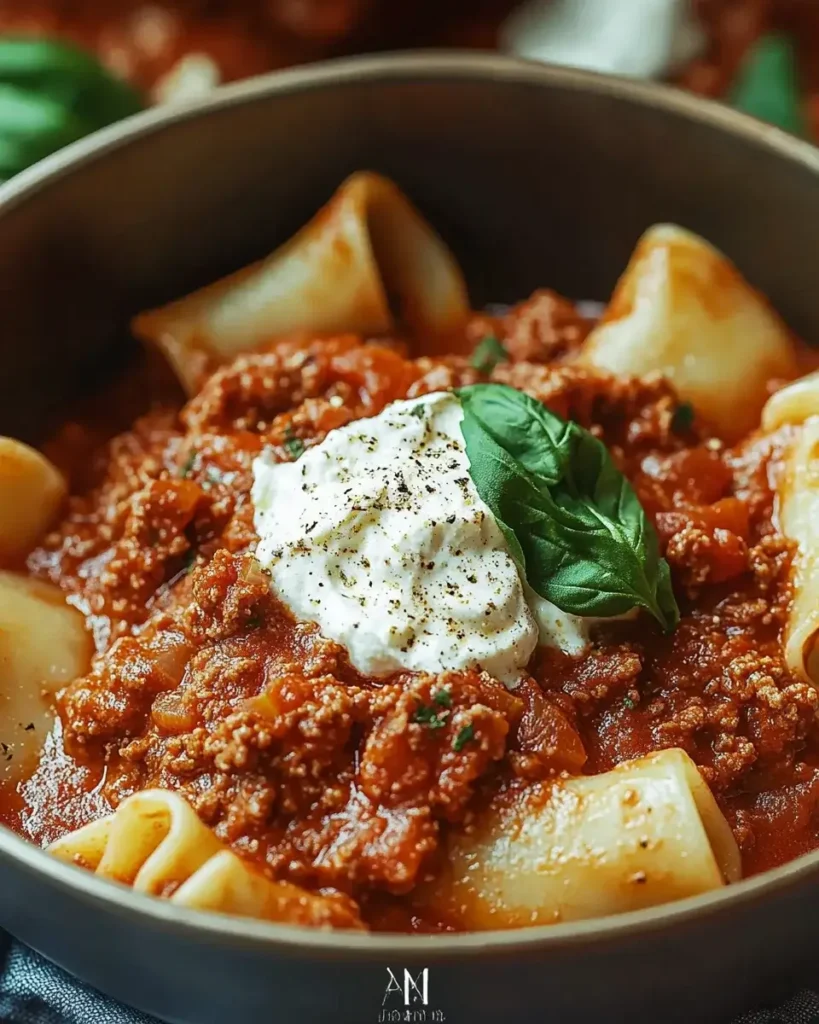
Tips for Perfecting Classic Bolognese Sauce Recipe
Choosing the Right Ingredients
When it comes to making a Classic Bolognese Sauce, the quality of your ingredients can make a world of difference. Start with fresh, high-quality meats. Look for ground beef and pork that are well-marbled. This fat content adds flavor and moisture to your sauce. If possible, buy from a local butcher or a trusted grocery store.
Next, pay attention to your vegetables. Fresh onions, carrots, and celery are essential for building the flavor base. Choose firm, vibrant vegetables for the best taste. When it comes to tomatoes, opt for canned crushed tomatoes that are packed in juice rather than puree. This ensures a richer, more authentic flavor.
Don’t forget about the wine! A good dry red wine can elevate your sauce significantly. Choose a wine that you would enjoy drinking, as its flavor will concentrate during cooking. Lastly, fresh herbs like basil or parsley can brighten the dish. If you can, use fresh herbs instead of dried for a more vibrant taste.
Cooking Techniques for Depth of Flavor
To achieve a truly delicious Classic Bolognese Sauce, mastering a few cooking techniques is key. First, take your time when sautéing the vegetables. Allow them to soften and caramelize slightly. This step builds a rich flavor base that enhances the overall taste of the sauce.
Next, don’t rush the browning of the meat. Browning adds depth and complexity. Make sure not to overcrowd the pan, as this can lead to steaming instead of browning. If necessary, cook the meat in batches to achieve that perfect golden color.
Simmering is another crucial technique. Allow your sauce to simmer gently for at least an hour. This slow cooking process allows the flavors to meld beautifully. If you have the time, consider letting it simmer for even longer. Some chefs recommend up to three hours for a truly rich flavor.
Finally, taste as you go! Adjust the seasoning throughout the cooking process. A pinch of salt or a dash of pepper can make a big difference. Remember, cooking is about personal preference, so feel free to make it your own!
Breakdown of Time for Classic Bolognese Sauce Recipe
Prep Time
Preparing your Classic Bolognese Sauce is a straightforward process. The prep time typically takes about 15-20 minutes. During this time, you’ll chop the vegetables, measure out the ingredients, and get everything ready for cooking. Having everything prepped in advance makes the cooking process smoother and more enjoyable. So, take your time to ensure each ingredient is ready to go!
Cooking Time
The cooking time for your Bolognese sauce is where the magic happens. Once you start cooking, the sauce needs to simmer for at least 1 hour. This slow cooking allows the flavors to develop and meld together beautifully. After the initial hour, you’ll add the milk and let it simmer uncovered for an additional 30 minutes. In total, the cooking time is about 1 hour and 30 minutes. If you have the time, consider letting it simmer even longer for a richer flavor.
Total Time
When you combine both the prep and cooking times, the total time for making your Classic Bolognese Sauce is approximately 1 hour and 45 minutes. This includes 15-20 minutes of prep and 1 hour and 30 minutes of cooking. While it may seem like a lengthy process, the end result is a delicious, hearty sauce that’s well worth the wait. Plus, the aroma that fills your kitchen during cooking is simply irresistible!
Nutritional Information for Classic Bolognese Sauce Recipe
Calories
When enjoying a serving of Classic Bolognese Sauce, it’s important to be mindful of the calories. Each serving contains approximately 350 calories. This makes it a hearty option for a satisfying meal. The combination of meats, vegetables, and tomatoes contributes to this calorie count, providing both energy and flavor. If you’re watching your calorie intake, consider pairing the sauce with a lighter pasta or serving it with a side salad to balance your meal.
Protein
Protein is a key component of the Classic Bolognese Sauce. Each serving offers about 25 grams of protein. This comes primarily from the ground beef and pork, making it a great choice for those looking to increase their protein intake. Protein is essential for muscle repair and growth, making this dish not only delicious but also nutritious. If you opt for alternative meats or vegetarian options, the protein content may vary, so be sure to check the nutritional information of your chosen ingredients.
Sodium
Sodium content is another important factor to consider. Each serving of Classic Bolognese Sauce contains around 600 milligrams of sodium. This amount can vary based on the specific ingredients you use, especially if you add salt or use canned tomatoes with added sodium. If you’re watching your sodium intake, consider using low-sodium broth or canned tomatoes. Additionally, you can adjust the salt in the recipe to suit your dietary needs. Balancing flavor and health is key to enjoying this classic dish!
FAQs about Classic Bolognese Sauce Recipe
Can I make Classic Bolognese Sauce Recipe ahead of time?
Absolutely! Making your Classic Bolognese Sauce ahead of time is a great idea. In fact, the flavors often improve after sitting for a day. You can prepare the sauce and store it in the refrigerator for up to three days before serving. Just make sure to let it cool completely before transferring it to an airtight container. This way, you can enjoy a delicious homemade meal without the fuss on a busy day!
How long can I store Classic Bolognese Sauce Recipe?
Your Classic Bolognese Sauce can be stored in the refrigerator for about three to four days. If you want to keep it longer, consider freezing it. When stored properly in a freezer-safe container, it can last for up to three months. Just remember to label the container with the date, so you know when it was made. This makes it easy to enjoy your sauce later on!
What is the best way to reheat Classic Bolognese Sauce Recipe?
Reheating your Classic Bolognese Sauce is simple! You can do this on the stovetop or in the microwave. If using the stovetop, pour the sauce into a saucepan and heat it over low to medium heat. Stir occasionally to ensure it heats evenly. If you prefer the microwave, place the sauce in a microwave-safe bowl and cover it loosely. Heat in short intervals, stirring in between, until it’s warmed through. Adding a splash of water or broth can help maintain the sauce’s consistency while reheating.
Can I freeze Classic Bolognese Sauce Recipe?
Yes, you can definitely freeze your Classic Bolognese Sauce! To do this, let the sauce cool completely, then transfer it to a freezer-safe container or a resealable freezer bag. Make sure to remove as much air as possible to prevent freezer burn. When you’re ready to enjoy it, simply thaw it in the refrigerator overnight and reheat it as mentioned above. Freezing is a fantastic way to have a homemade meal ready whenever you need it!
Conclusion on Classic Bolognese Sauce Recipe
In conclusion, the Classic Bolognese Sauce Recipe is a timeless dish that brings warmth and comfort to any table. With its rich flavors and hearty ingredients, it’s no wonder this sauce has become a favorite around the world. Whether you’re cooking for family, friends, or just treating yourself, this recipe is sure to impress.
As you’ve learned, the key to a great Bolognese sauce lies in the quality of your ingredients and the love you put into the cooking process. From the sautéed vegetables to the slow-simmered meat, each step contributes to the depth of flavor that defines this classic dish. Remember, patience is essential. Allowing the sauce to simmer for an extended period will enhance its taste, making it even more delicious.
Don’t hesitate to experiment with variations, whether it’s trying different meats or creating a vegetarian version. The beauty of Bolognese sauce is its versatility, allowing you to tailor it to your preferences. Pair it with your favorite pasta, add a side salad, or enjoy it with garlic bread for a complete meal.
Finally, as you serve your Classic Bolognese Sauce, take a moment to savor the experience. Enjoy the delightful aroma, the rich flavors, and the joy of sharing a homemade meal with loved ones. With this recipe in your culinary repertoire, you’re well on your way to creating memorable dining experiences that will be cherished for years to come. Happy cooking!
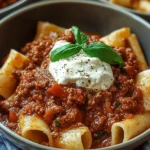
Classic Bolognese Sauce Recipe is a must-try dish!
- Total Time: 3 hours 20 minutes
- Yield: 4 servings
Description
Rich, slow-simmered, and bursting with layered flavor, this authentic Ragù alla Bolognese is a comforting Italian classic. Tender meats, fragrant vegetables, and a silken tomato-milk base come together in perfect harmony, served over wide ribbons of pappardelle and finished with a generous grating of Parmigiano-Reggiano.
Ingredients
For the Ragù Sauce
2 tbsp olive oil
1 tbsp unsalted butter
1 small onion, finely chopped
1 carrot, finely chopped
1 celery stalk, finely chopped
300g ground beef (80/20 fat ratio)
200g ground pork
100g pancetta, finely chopped
240ml whole milk
240ml dry white wine
240ml crushed San Marzano tomatoes
240ml beef broth, as needed
1 tsp salt
1/2 tsp freshly ground black pepper
1/4 tsp ground nutmeg
For the Pasta
400g pappardelle pasta
1 tbsp salt (for pasta water)
For Serving
Freshly grated Parmigiano-Reggiano
Fresh basil or parsley (optional)
Instructions
-
In a large pot, heat olive oil and butter over medium heat. Add onion, carrot, and celery. Sauté for 10 minutes, stirring often, until softened but not browned.
-
Add pancetta and cook for 3 minutes. Stir in ground beef and pork. Break up the meat and cook for about 10 minutes until browned and liquid has evaporated.
-
Deglaze the pot with white wine, scraping the bottom to release any flavorful bits. Simmer for 5 minutes until alcohol cooks off.
-
Stir in the milk and let it absorb fully. Then add crushed tomatoes, salt, pepper, and nutmeg. Mix thoroughly to combine.
-
Reduce heat to low and simmer uncovered for 2.5 to 3 hours, stirring occasionally. Add beef broth as needed if the sauce becomes too thick.
-
About 20 minutes before the ragù is finished, bring a large pot of salted water to a boil. Cook the pappardelle until al dente. Drain and reserve 1/2 cup of pasta water.
-
Add pasta to the ragù and toss gently to coat. If needed, add a splash of reserved pasta water for a silkier texture.
-
Serve hot, topped with freshly grated Parmigiano-Reggiano and herbs if desired.
Notes
Use San Marzano tomatoes for authentic flavor and sweetness.
Simmering the sauce low and slow deepens the richness—don’t rush this step.
If pappardelle isn’t available, tagliatelle or fettuccine are great substitutes.
Ragù improves with time—leftovers are even better the next day.
- Prep Time: 20 minutes
- Cook Time: 3 hours
- Category: Main Dish
- Method: Simmered
- Cuisine: Italian

